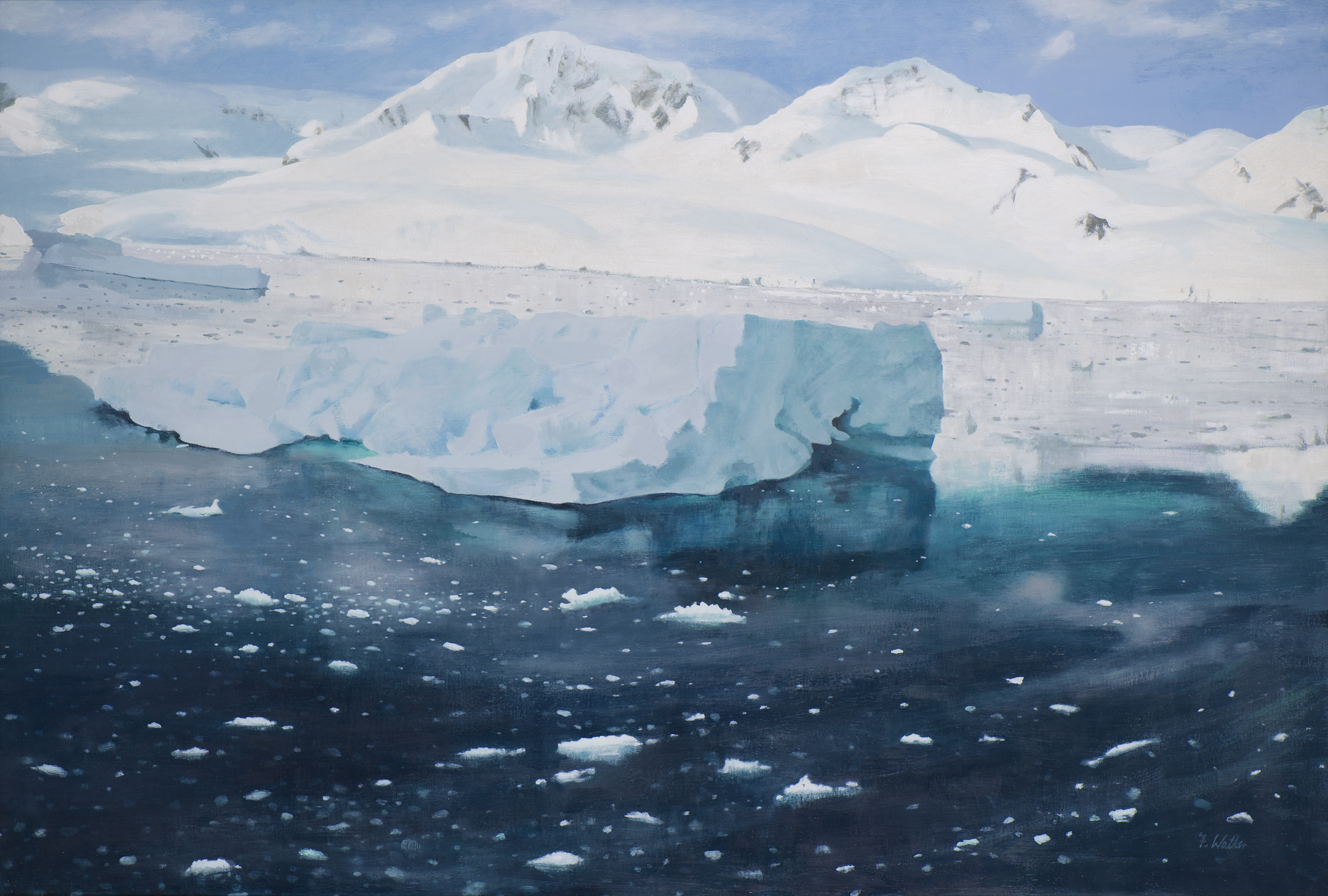Arctic sea ice has melted to the second lowest level on record despite a “fairly cool summer”, scientists have said.
The extent of the sea ice in the Arctic at the end of the annual summer melt was 1.6 million square miles, tied for the second lowest level with 2007, the National Snow and Ice Data Centre (NSIDC) in the US said.
There was 290,000 square miles more ice in the polar region at the end of the 2016 summer melt than the record low set in 2012, as ice cover fell well below the 37-year average for this point in the year, the preliminary figures show.
With more typical warmer conditions, the Arctic could see very dramatic losses of ice in the coming years, the scientists warned.
NSIDC director Mark Serreze said: “It was a stormy, cloudy, and fairly cool summer.
“Historically, such weather conditions slow down the summer ice loss, but we still got down to essentially a tie for second lowest in the satellite record.”
Ted Scambos, NSIDC lead scientist, added: “It really suggests that in the next few years, with more typical warmer conditions, we will see some very dramatic further losses.”
Sea ice in the Arctic melts in the summer’s warmer temperatures before cold conditions cause the ice to increase to a maximum extent during the winter months.
But last winter saw ice cover at record low levels for the season.
NSIDC scientists said there was a lot of thin ice at the beginning of this year’s melt season, which takes less energy to melt and may have contributed to the lows seen this year.
Experts from Nasa in the US added that the melt season began with a record low extent of ice in March and saw rapid ice loss throughout May, but in June and July low pressure and cloudy skies slowed down melting.
After two large storms went across the Arctic in August, sea ice melt picked up speed in early September, they said.










